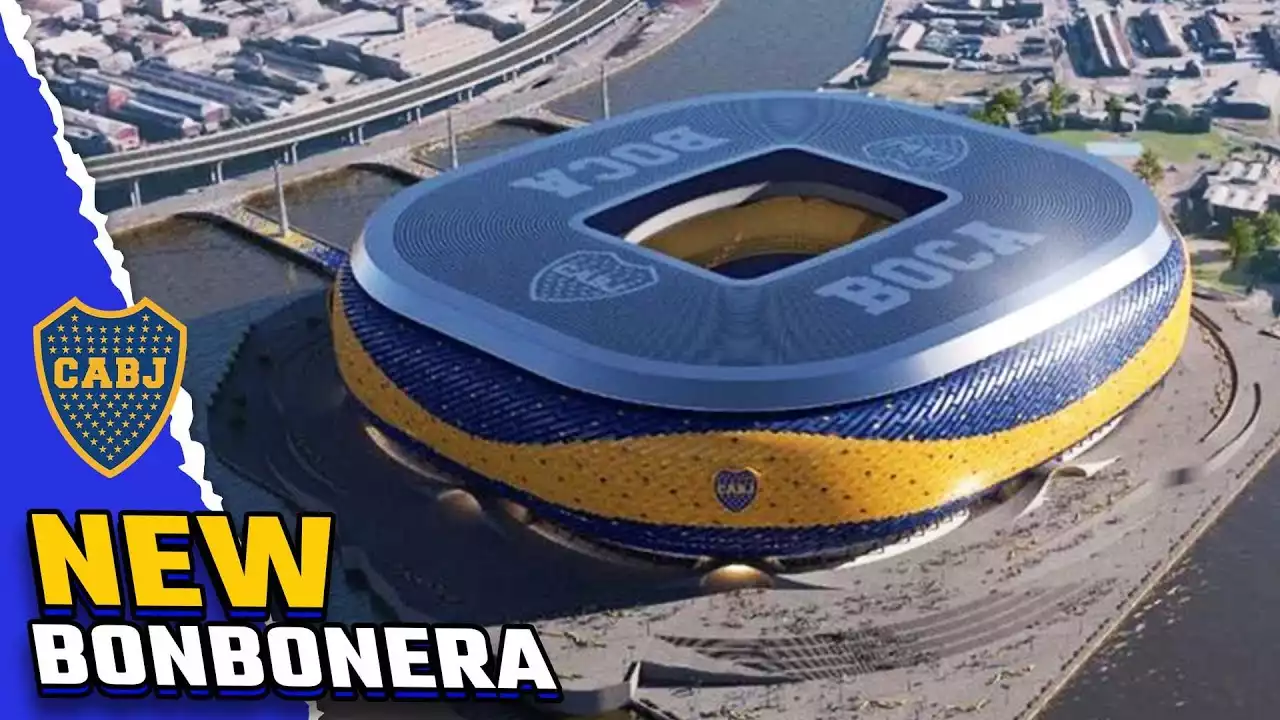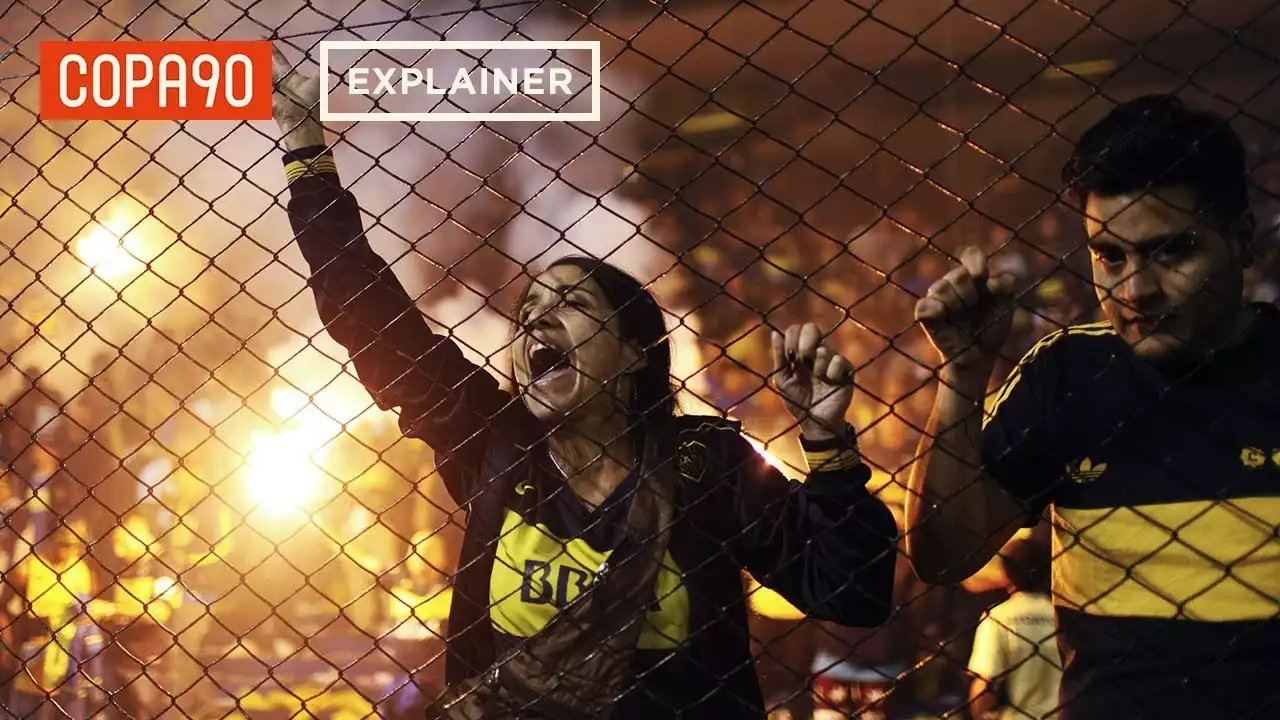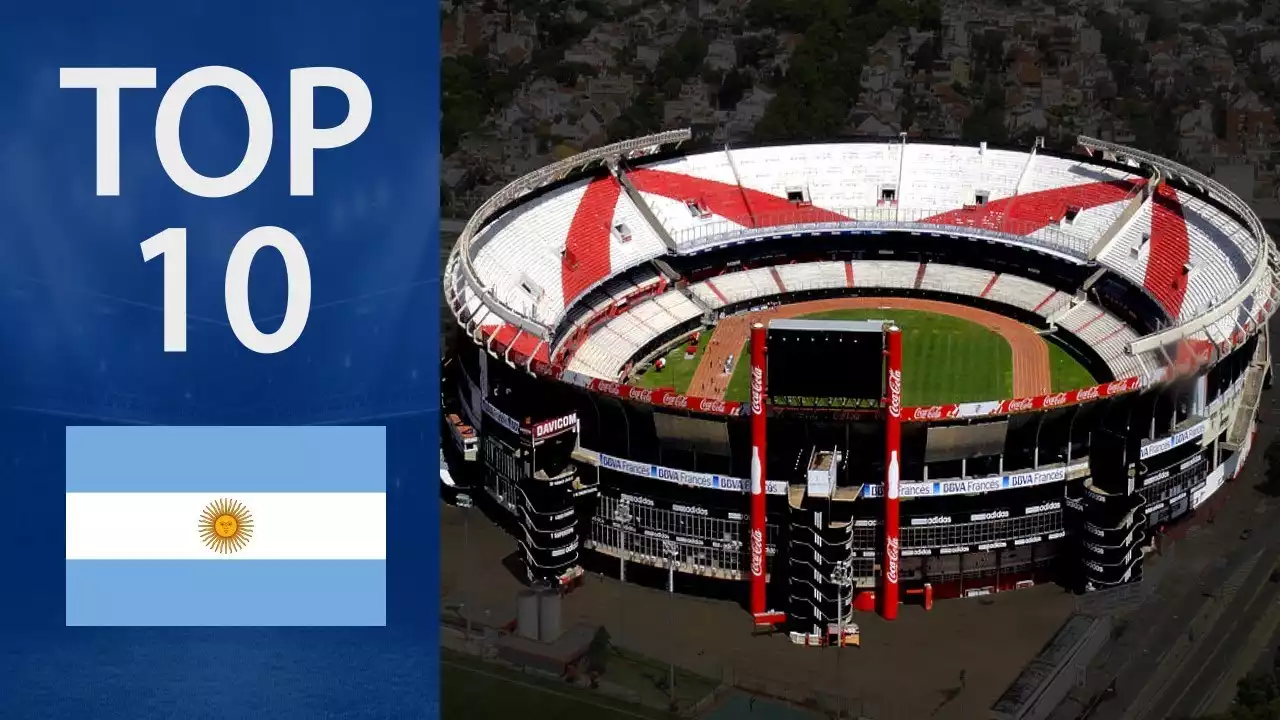Historical significance of La Bombonera Stadium
La Bombonera Stadium holds a special place in the hearts of football fans around the world due to its rich history and cultural significance. Since its inauguration in 1940, the stadium has played witness to some of the most iconic moments in football history. It has seen Boca Juniors lift numerous league titles, Copa Libertadores triumphs, and even hosted World Cup matches. The stadium's name, which means "the chocolate box" in Spanish, is derived from its unique shape and resemblance to a box of chocolates. This distinctive design is a testament to the stadium's architectural prowess and sets it apart from other football venues.
La Bombonera Stadium has become a symbol of the working-class culture that surrounds the club. Boca Juniors, founded by Italian immigrants in 1905, represents the spirit and resilience of the Boca neighborhood. The stadium serves as a testament to the club's humble beginnings and their rise to becoming one of the most successful teams in Argentine football. It is a place where generations of fans have come together to celebrate their love for the game and their unwavering support for their beloved Boca Juniors.
The stadium's historical significance goes beyond the success of Boca Juniors. It has also been a witness to political and social events that have shaped Argentina's history. From hosting rallies during Peronism to becoming a symbol of resistance during times of political turmoil, La Bombonera Stadium has played a role in the country's identity and cultural heritage. It is more than just a football stadium; it is a living testament to the power of sport to unite people and ignite passions.
Architectural features of La Bombonera Stadium
La Bombonera Stadium is not just renowned for its historical significance, but also for its unique architectural features. Designed by the renowned architect Victor Sulcic, the stadium's shape is one of its most distinguishing characteristics. It consists of four stands, each with a different height, giving it a distinct box-like appearance. The steep stands create an intimate atmosphere, allowing fans to feel closer to the action on the pitch. The proximity of the stands to the playing field creates a sense of intensity and excitement that is hard to replicate in other stadiums.
One of the most iconic features of La Bombonera Stadium is the "La Boca" stand, located at one end of the stadium. This stand is known for its vibrant colors, with blue and yellow seats forming the shape of Boca Juniors' crest. It is a sight to behold, especially when filled with passionate fans waving flags and banners in support of their team. The energy and enthusiasm emanating from this stand are contagious, spreading throughout the entire stadium and creating an electric atmosphere.
Another notable architectural feature of La Bombonera Stadium is the "Palco Oficial" or the official box, located in the middle of the main stand. This exclusive area is reserved for VIPs, including club officials, sponsors, and celebrities. From this vantage point, they can enjoy an unparalleled view of the pitch and soak in the atmosphere of the stadium. The Palco Oficial is a symbol of the club's prestige and attracts attention from around the world.
The stadium's design also incorporates various amenities to enhance the matchday experience for fans. It boasts modern facilities, including restaurants, bars, and a museum dedicated to the history of Boca Juniors. These additions ensure that visitors can enjoy the full La Bombonera experience, both inside and outside the stadium.
The atmosphere at La Bombonera Stadium
Step inside La Bombonera Stadium, and you will immediately be engulfed by an atmosphere that is unlike any other in the world of sports. The passion and energy of the fans are palpable, creating an electric atmosphere that can only be described as magical.
The stadium's steep stands create a sense of intimacy, with fans feeling like they are right on top of the action. The noise generated by the crowd is deafening, as thousands of voices join together in unison, chanting and singing to show their support for Boca Juniors. The chants and songs are an integral part of the matchday experience, with each one having its own unique meaning and history. From the iconic "Dale Boca" chant to the rhythmic clapping that echoes throughout the stadium, the atmosphere at La Bombonera is an assault on the senses.
The fans of La Bombonera Stadium are known for their unwavering loyalty and dedication to the club. They are not just spectators; they are an active part of the game. The Boca Juniors supporters are famous for their passionate displays of support, with flags, banners, and flares filling the stands. The vibrant colors of blue and yellow dominate the stadium, creating a visual spectacle that adds to the overall atmosphere. The fans' unwavering support, combined with the intense rivalries and high-stakes matches, make La Bombonera Stadium a cauldron of emotions that leaves an indelible mark on anyone fortunate enough to experience it.
Memorable matches at La Bombonera Stadium
Over the years, La Bombonera Stadium has played host to some of the most memorable matches in football history. These matches have not only shaped the destiny of Boca Juniors but have also become part of the stadium's rich tapestry.
One such match is the 2000 Copa Libertadores final between Boca Juniors and Palmeiras. Played in front of a raucous crowd at La Bombonera, this match saw Boca Juniors secure a 2-0 victory, clinching their third Copa Libertadores title. The atmosphere inside the stadium was electric, with fans erupting in jubilation as their team lifted the coveted trophy. This victory marked a turning point for Boca Juniors and solidified their status as one of South America's most successful clubs.
Another unforgettable match took place in 2018 when Boca Juniors faced bitter rivals River Plate in the Copa Libertadores final. The first leg at La Bombonera ended in a thrilling 2-2 draw, setting up a mouth-watering return leg at River Plate's stadium. However, due to security concerns, the match was moved to Madrid, Spain. This decision sparked controversy and added an extra layer of intensity to the already fierce rivalry between the two clubs. Despite the change in location, the match will forever be associated with La Bombonera and the passionate fans who fill its stands.
The matches between Boca Juniors and River Plate, collectively known as the "Superclásico," are some of the most eagerly anticipated fixtures in world football. The rivalry between these two clubs is intense, often transcending the boundaries of the sport. Matches between Boca Juniors and River Plate are not just about football; they are about pride, history, and bragging rights. The atmosphere at La Bombonera during a Superclásico is unparalleled, with fans on both sides creating an atmosphere that is both electric and intimidating.
The rivalry between Boca Juniors and River Plate
The rivalry between Boca Juniors and River Plate is one of the most heated and storied in football history. Known as the "Superclásico," this fixture brings the city of Buenos Aires to a standstill and captivates the entire nation. The rivalry is rooted in the social and cultural differences between the two clubs.
Boca Juniors, based in the working-class neighborhood of La Boca, represents the passion, resilience, and fighting spirit of the people. The club's blue and yellow colors are a symbol of the neighborhood's Italian immigrant heritage. River Plate, on the other hand, is located in the affluent neighborhood of Núñez and is associated with a more aristocratic fan base. The clash between these two contrasting identities fuels the rivalry and adds an extra layer of intensity to every encounter.
Matches between Boca Juniors and River Plate are often marked by fierce tackles, heated exchanges, and high-stakes drama. The players understand the importance of these matches and the impact they can have on their careers. For many, playing in a Superclásico is the pinnacle of their footballing journey. The rivalry extends beyond the pitch, with fans on both sides going to great lengths to display their loyalty and commitment to their respective clubs.
The Superclásico is a spectacle that transcends the sport itself. It is a clash of cultures, a battle for supremacy, and a celebration of the passion that football ignites in people. The rivalry between Boca Juniors and River Plate is a reminder of the power of sport to unite and divide, to bring joy and heartbreak, and to create lasting memories that will be cherished for a lifetime.
The fans of La Bombonera Stadium
No article about La Bombonera Stadium would be complete without mentioning the passionate and dedicated fans who fill its stands. The Boca Juniors supporters are known for their unwavering loyalty and their ability to create an atmosphere that is second to none.
From the moment you step foot inside La Bombonera, you are greeted by a sea of blue and yellow. The stadium comes alive with the energy and enthusiasm of the fans, who are always ready to show their support for the team. The Boca Juniors faithful are famous for their chants, songs, and displays of affection for their beloved club. The chants are passed down through generations, becoming a part of the club's identity and creating a sense of unity among the fans.
The fans' dedication extends beyond the stadium. They travel far and wide to support their team, whether it be in domestic matches or international competitions. The sight of Boca Juniors' fans filling an away stadium with their colors and noise is a testament to their unwavering commitment.
The fans' passion is not limited to match days. They have a deep connection with the club and its history, with many Boca Juniors supporters considering themselves part of a larger family. The club's success is celebrated as a collective achievement, and the fans take pride in being a part of the Boca Juniors community.
La Bombonera Stadium is not just a place to watch football; it is a place to feel a sense of belonging. The fans create an atmosphere that is both electric and welcoming, making every matchday a special occasion. Whether you are a Boca Juniors supporter or a neutral observer, the passion and dedication of the fans at La Bombonera Stadium are sure to leave a lasting impression.
Tours and experiences at La Bombonera Stadium
For football enthusiasts and fans of Boca Juniors, a visit to La Bombonera Stadium is a must-do experience. The stadium offers various tours and experiences that allow visitors to immerse themselves in the club's rich history and vibrant culture.
One of the most popular options is the stadium tour, which takes you behind the scenes of La Bombonera. Led by knowledgeable guides, the tour provides a fascinating insight into the club's history, showcasing trophies, memorabilia, and iconic moments from Boca Juniors' illustrious past. Visitors can explore the changing rooms, walk through the tunnel onto the pitch, and even sit in the stands to take in the view that the players see on match days.
For those looking for a more immersive experience, the club also offers the opportunity to attend a match at La Bombonera Stadium. This allows visitors to witness the passion and energy of the fans firsthand, as they cheer on their team and create an atmosphere that is unrivaled in the world of sports. Attending a match at La Bombonera is an experience that will leave a lasting impression and create memories that will be cherished for a lifetime.
Additionally, the stadium houses a museum dedicated to the history of Boca Juniors. The museum showcases a vast collection of memorabilia, including jerseys, trophies, and photographs, allowing visitors to delve deeper into the club's rich heritage. It is a must-visit for any football fan, providing a comprehensive overview of the club's journey from its humble beginnings to its current status as one of South America's most successful teams.
Iconic moments at La Bombonera Stadium
Throughout its illustrious history, La Bombonera Stadium has been the stage for numerous iconic moments that have etched themselves into football folklore. From historic victories to breathtaking displays of skill, these moments have left an indelible mark on the stadium and its fans.
One such moment is Diego Maradona's famous "Goal of the Century" scored during a match between Boca Juniors and River Plate in 1986. Maradona showcased his incredible dribbling skills as he weaved past five River Plate defenders before slotting the ball into the net. The goal is remembered as one of the greatest individual efforts in football history and is a testament to Maradona's immense talent.
Another iconic moment took place during the 2001 Copa Libertadores final between Boca Juniors and Cruz Azul. With the match tied at 1-1 in the dying minutes, Boca Juniors was awarded a penalty. Martín Palermo stepped up to take the spot-kick but saw his effort saved by the Cruz Azul goalkeeper. Undeterred, Palermo pounced on the rebound and slotted the ball into the net, securing a 2-1 victory for Boca Juniors and etching his name into the club's folklore.
In recent years, La Bombonera Stadium has also hosted international matches, including World Cup fixtures. One such memorable match took place during the 1978 World Cup, when Argentina faced Brazil in a thrilling encounter. The match ended in a 0-0 draw, but the atmosphere inside the stadium was electric, with fans from both nations creating an unforgettable spectacle.









